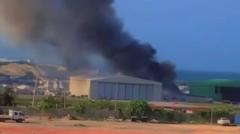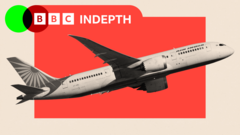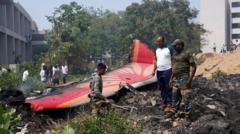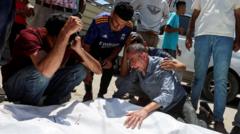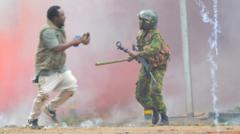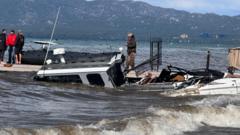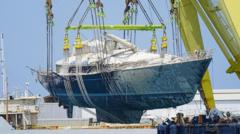A tragic mid-air collision between two helicopters near Sea World on the Gold Coast in January 2023 resulted in the deaths of four individuals, including two tourists from Britain. Investigations by the Australian Transport and Safety Bureau (ATSB) have highlighted how a faulty radio antenna played a role in the disaster, alongside lapses in safety protocols at the resort.
Helicopter Collision Claims Four Lives amid Equipment Failures in Australia
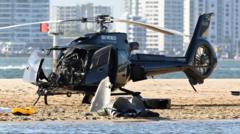
Helicopter Collision Claims Four Lives amid Equipment Failures in Australia
A critical review by transport officials reveals how a faulty antenna contributed to a lethal helicopter crash at an amusement park.
The incident, which unfolded around twenty seconds after a helicopter had taken off and just as another was landing, has raised significant concerns about operational safety within the tourism sector. The disastrous accident claimed the lives of Diane Hughes, 57, and her husband Ron, 65, who were enjoying a holiday after being separated by COVID-19. They, along with pilot Ashley Jenkinson and passenger Vanessa Tadros, did not survive the collision. While the helicopter that was landing managed to touch down safely, it resulted in injuries for several passengers.
According to the ATSB report, the ground communications were severely compromised due to equipment failures, and critical safety protocols were not adhered to as the amusement park revised its operational structures without proper risk assessments. The report emphasized that changes intended to enhance safety can lead to compounded risks if not methodically managed, underscoring the need for systematic evaluation when altering aviation practices.
According to the ATSB report, the ground communications were severely compromised due to equipment failures, and critical safety protocols were not adhered to as the amusement park revised its operational structures without proper risk assessments. The report emphasized that changes intended to enhance safety can lead to compounded risks if not methodically managed, underscoring the need for systematic evaluation when altering aviation practices.




